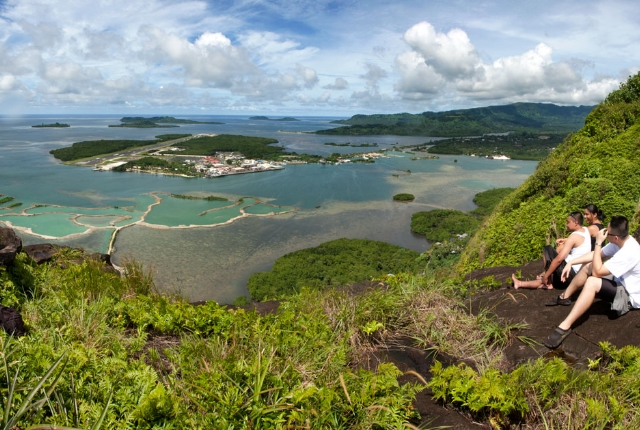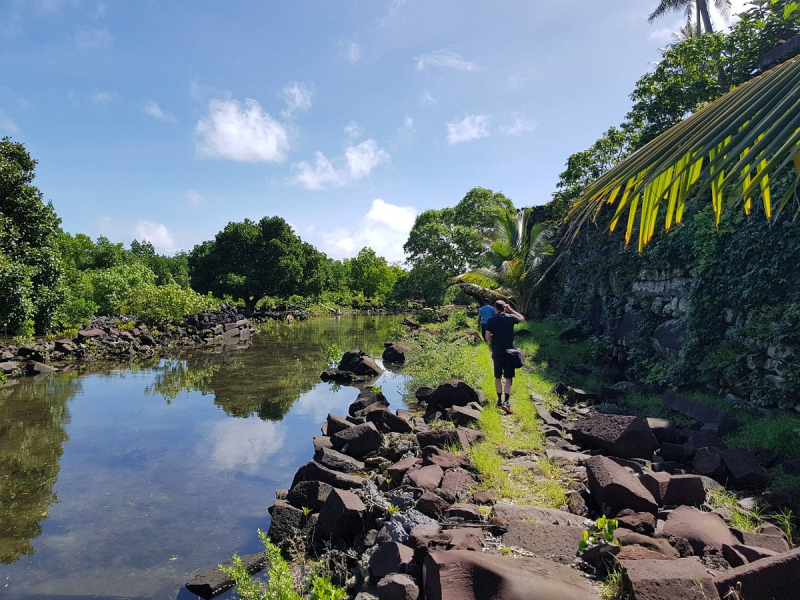Pohnpei
Pohnpei is ranked first on the list of the most beautiful islands in the Federated States of Micronesia. This is the largest island in the state of Pohnpei, and it is also the location of the state's capital. Pohnpei is worth visiting because it is the largest and most populous island in the Federated States; therefore, if you want to learn about Micronesian culture, this is the place to go.
Nan Madol, or Nanmadol, is a group of 92 prehistoric artificial platform islands built in the lagoon on the eastern coast of Pohnpei and surrounded by man-made canals. Ruins of a town and ceremonial center from the early second millennium CE include tombs of former kings, according to legend, of the Sau Deleur dynasty, which once ruled the entire island.
Though whalers and traders frequented Pohnpei, it wasn't until the mid-nineteenth century that Christian missionaries established schools there. After 1898, the Spanish administration was replaced by German occupation. The Germans promoted copra production. Following World War I, Japan was given a League of Nations mandate over Micronesia, with Pohnpei serving as one of the administrative centers. During World War II, the Japanese garrison on Pohnpei was bypassed and isolated by the Allies prior to its surrender. From 1947 until the Trust Territory's dissolution in 1986, the island was part of the United Nations Trust Territory of the Pacific Islands.
Pohnpei produces a diverse range of tropical products such as copra, breadfruit, taro, trochus shells, and cacao. Rice is grown, pigs and chickens are raised, and fish is caught. Kolonia, Madolenihmw, and Rohnkiti are the main coastal villages. Pohnpei is home to the College of Micronesia-FSM and has an international airport. The capital of the Federated States of Micronesia is Palikir, which is located near Kolonia. 129 square miles total land area (334.1 square km). The island's population in 2010 was 36,196 people.
Location: the eastern Caroline Islands, Federated States of Micronesia, western Pacific Ocean.









